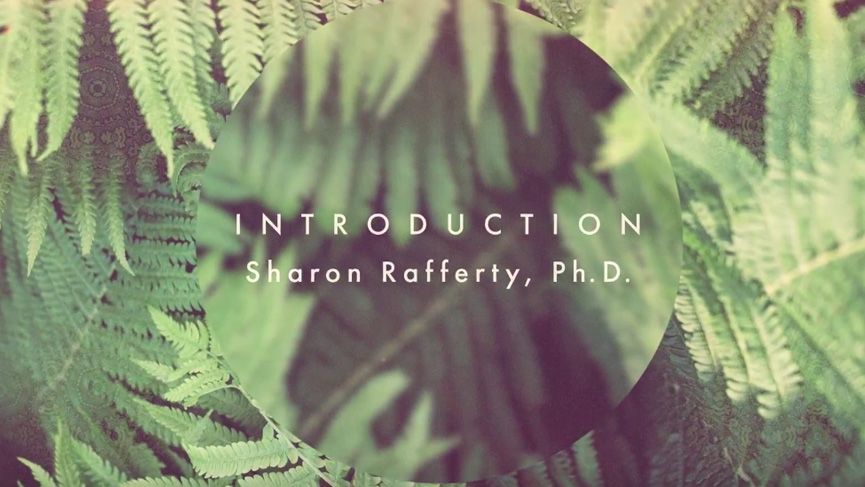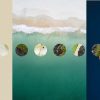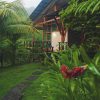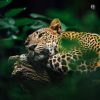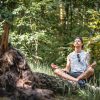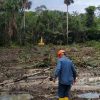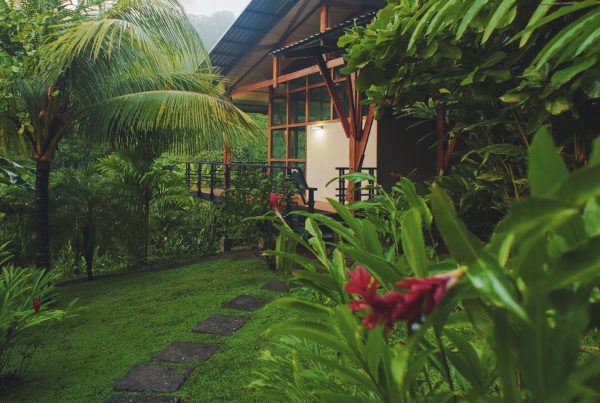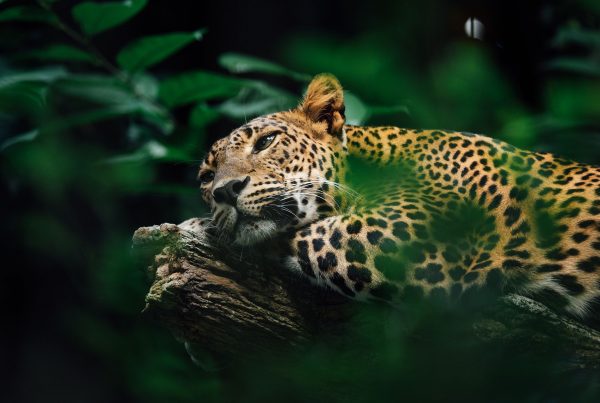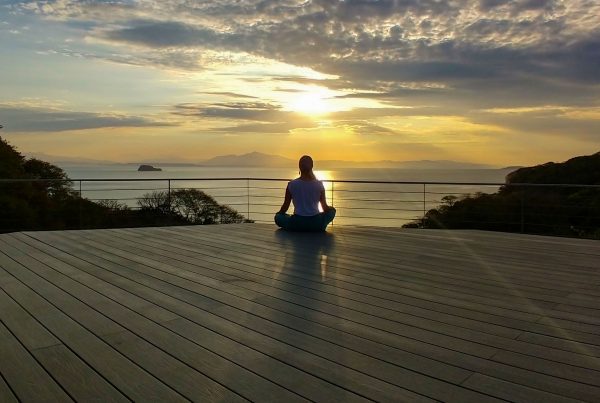We sat down with one of our Integration Support team members, Dr. Sharon Rafferty, Ph.D., to discuss her background, philosophies, and approach to healing and integration.
Hi, my name is Sharon Rafferty. I’m a clinical psychologist licensed in the states of California and New York. I’m also a registered yoga teacher with the Yoga Alliance, a member of the International Association of Yoga Therapists (IAYT), and a level II Reiki practitioner, initiated into the Usui Lineage by Reiki Master John Latz, founder of the Institute for Structural Integration (ISI) in Miami, Florida. I received my PhD in clinical psychology from the California School of Professional Psychology in 2002 just after completing a 250-hour yoga teacher training program at Synergy Center for Yoga and the Healing Arts in Miami Beach, Florida. I have been a yoga practitioner for over 20 years, a certified yoga teacher for over 15 years, and have maintained a regular meditation and pranayama, or breathwork, practice for almost a decade. My training in both Western psychotherapy and Eastern somatic practices have deeply enriched my own well being, informed my professional work, and inspired me to bring this integrated approach to those whom I serve. As a “mind-body” therapist, I incorporate these techniques into my psychotherapy practice with clients and I have taught these modalities to the graduate students whom I have supervised and trained. I also lead workshops and retreats with a focus on mindfulness and somatic awareness. In 2017, I brought a group of psychotherapy clients to a rustic retreat center in the mountains of Jamaica, where the stillness of the natural environment and the practices of yoga and meditation allowed them to more deeply explore their inner worlds. Through a practice of compassionate self-acceptance my clients were invited to integrate this experience, and the mind-body material it evoked, into their daily lives when they returned home.
In addition to these practices, I have also studied and taught the chakra system, a philosophical system of anatomy at the energetic level. By identifying the specific chakras where clients store physical and psychological distress, I am able to offer interventions that specifically address those areas of functioning. This involves bringing increased awareness to what is happening in the body and how it relates to repetitive and maladaptive patterns of the mind.
Also in 2017, I completed a year-long certificate program in psychedelic-assisted therapies and research. As a clinical psychologist, I have had many clients share with me their use of psychedelics for personal healing. A few of them have experimented with micro-dosing, and several asked me if I would consider serving as a guide for them while they experimented with higher doses. While there are still legal restrictions surrounding the use of psychedelics in the US—and therefore, the ways in which I can support my clients in their journeys—I very much understand the benefits of psychedelic medicines because of my own experiences with them. My personal journeys, particularly with ayahuasca, have undoubtedly impacted and positively influenced both my personal life and the use of somatic and spiritually-oriented practices that are such an important part of the work I do.
At this time, there are numerous reputable and FDA-approved clinical trials being conducted with psychedelics for the treatment of mental health issues such as post traumatic stress disorder, major depression, addiction, and severe anxiety related to terminal illnesses such as cancer. While it is not yet legal in the US for me to work directly and independently with the medicines, I am able to support my clients in the integration of material that emerges during their experiences with psychedelics, and in their participation in ceremonies with ayahuasca and other plant medicines. More specifically, the material that comes up when one of my clients has been in an altered state of consciousness is explored, ad hoc, in the same way that dream work and unconscious material is explored in traditional psychodynamic psychotherapy. Oftentimes, I use a narrative approach to help clients integrate material that is seemingly illogical. I also use a yogic, or Eastern philosophical approach, to create and hold a safe space. Perhaps most importantly of all, I believe in the inner wisdom and inner healer within all of my clients, and I support whatever process is necessary to empower them in this way.
It is truly an honor to support the integration program for the ayahuasca ceremonies offered at Soltara, as I believe that integration is a vital component not only to psychotherapy, but also to the ever-increasing use of plant medicines by Westerners. Unlike the indigenous communities in which these practices originated, the use of plant medicines are not an integral part of our cosmology, our identities, or the fabric of our social lives. We, as Westerners, are often lacking in communal support and in our regular access to the natural environment, two important factors that inherently facilitate integration and personal healing. As a psychologist working in the West, it is clear to me that there is a real need for culturally relevant ways of integrating psychedelic experiences into our modern lives.
So, what is integration? By definition, it is the act or process of uniting different elements together. Like the Sanskrit definition of the word “yoga,” “integration” implies union, or the process of combining multiple parts into a harmonious whole. Combining my skills as psychologist and yoga therapist, I help clients unite, or integrate, a deepening awareness of their body with their mind and of their psyche with their spirit. After a journey with ayahuasca, integration includes the assimilation of the everyday sense of one’s self that exists in this realm, something we commonly refer to in psychology as the ego, with the experiences of the self in the more mystical realms, where the ego has seemingly been dissolved.
Integration sessions provide space for participants to talk about their ayahuasca journeys in order to gain personal insights and to incorporate the experience more fully into their daily lives. In some cases, integration sessions will be used to help people maximize the benefits of meaningful insights and “downloads”; in other cases, it will consist of working through symptoms and memories of past traumatic experiences.
Finally, as I teach in my own workshops and mindfulness retreats, the journey begins with a state of being with “what is.” It involves being present to everything that shows up. It involves exploring what shows up in a non-defensive manner, without resistance, and with compassionate acceptance. Most importantly, it involves trusting both in one’s own inner wisdom and the wisdom of the plant medicines.

